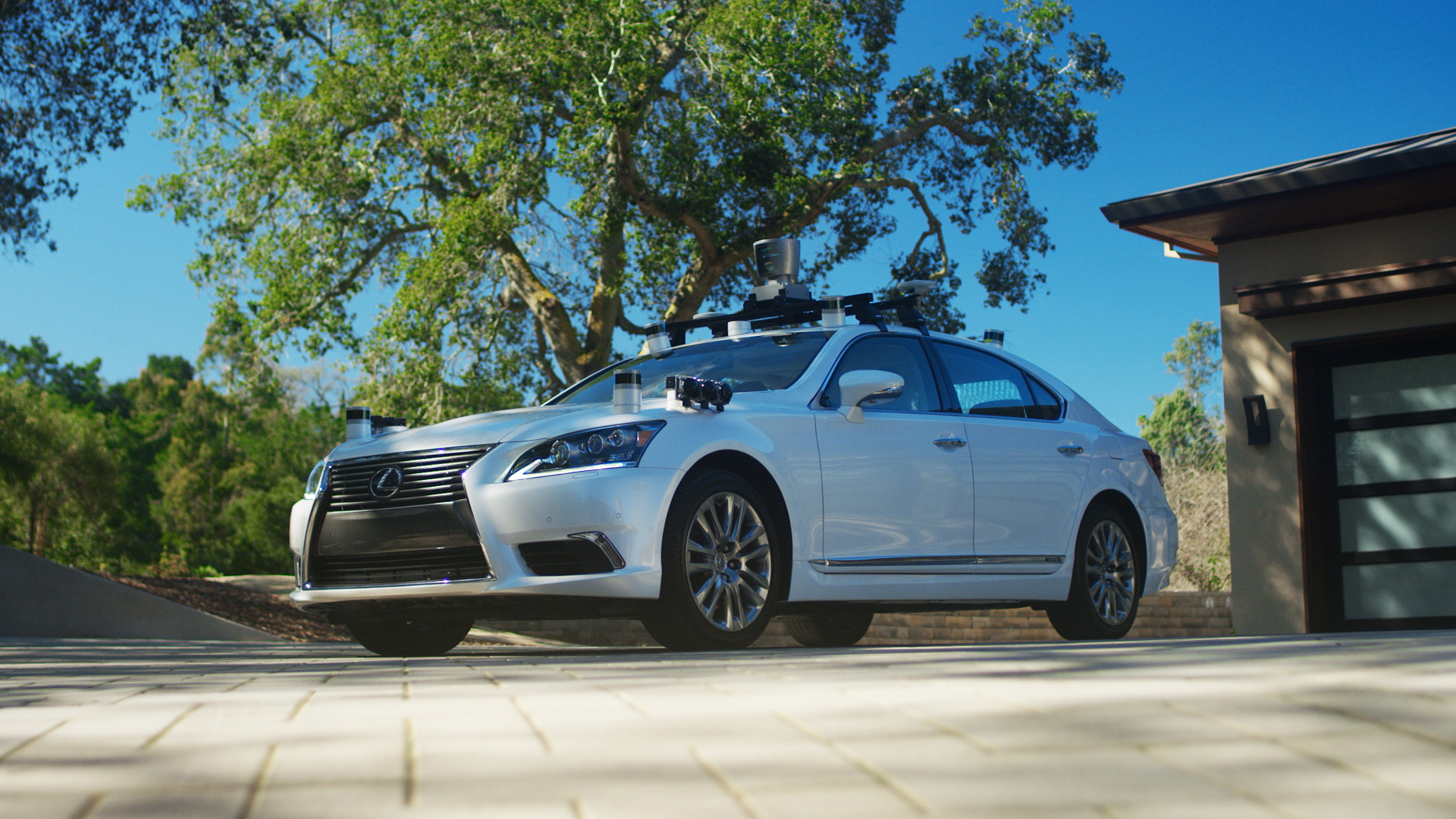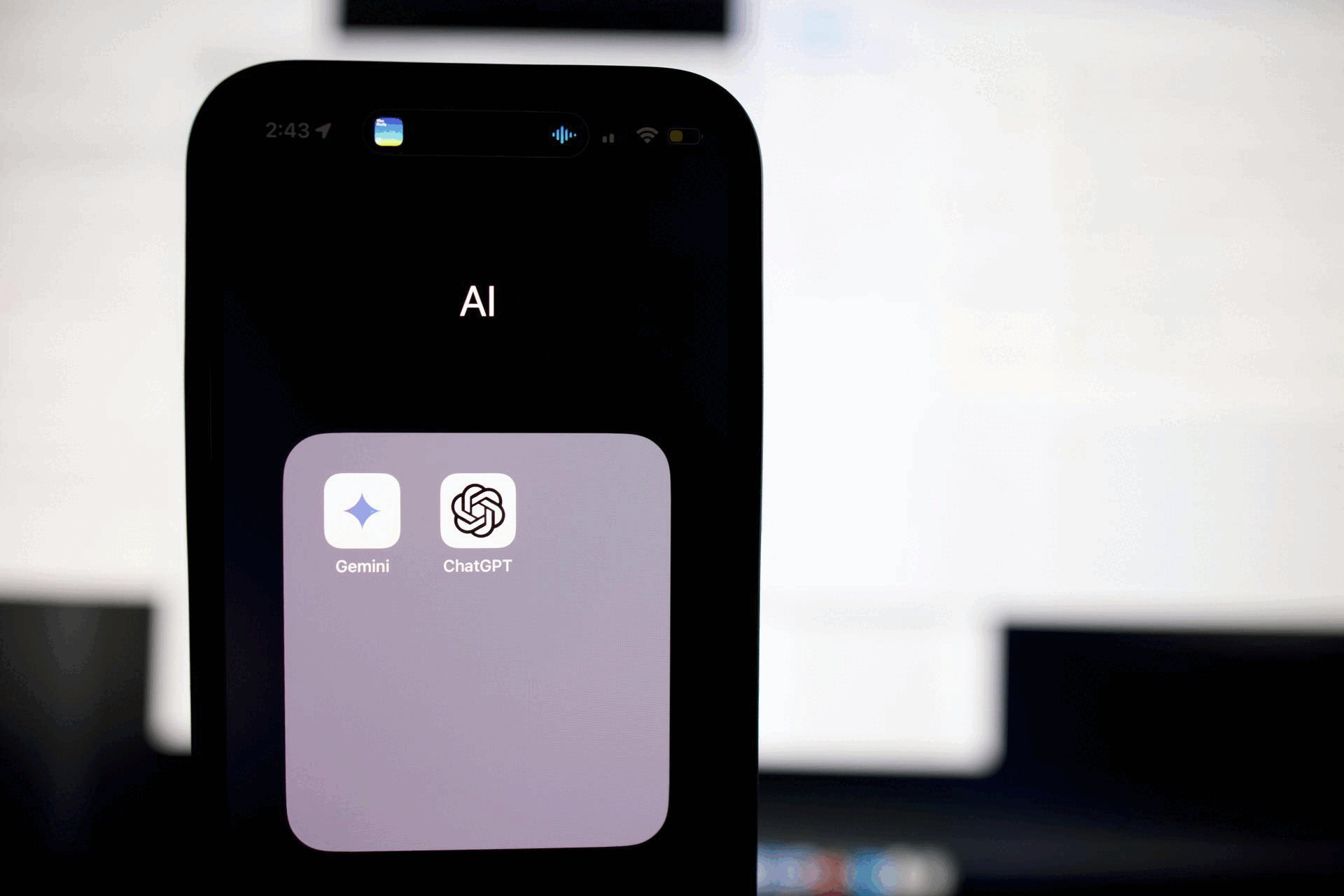Toyota introduces self-driving Lexus test vehicle
- Friday, March 3rd, 2017
- Share this article:
 Toyota has introduced the second generation of its autonomous safety research vehicle, built on a current generation Lexus LS 600hL, at its Prius Challenge event in Sonoma, California.
Toyota has introduced the second generation of its autonomous safety research vehicle, built on a current generation Lexus LS 600hL, at its Prius Challenge event in Sonoma, California.
Created entirely by the Toyota Research Institute (TRI), the vehicle is aimed at testing self-driving capabilities. Toyota holds more patents in the autonomous driving field than any other company, showing its dedication to the cause.
“This new advanced safety research vehicle is the first autonomous testing platform developed entirely by TRI, and reflects the rapid progress of our autonomous driving program,” said TRI CEO Gill Pratt.
The new safety research vehicle focuses on machine vision and machine learning and uses LIDAR, radar and a camera sensor in a bid to reduce heavy reliance on HD maps.
It has been built to develop both of TRI’s key core research paths called ‘Chauffeur’ and ‘Guardian’. Chauffer refers to the fully autonomous system classified by the SAE (Society of Automotive Engineers), while Guardian is a ‘high-level driver assist system’ that constantly monitors the driving environment both inside and outside the vehicle.
“Basically, it is a smart vehicle designed to get smarter over time,” said Pratt. “It will learn individual driver habits and abilities and will benefit from shared intelligence from other cars as data gathering, sharing and connectivity technologies advance. We believe Guardian can probably be deployed sooner and more widely than Chauffeur, providing high-level driver-assist features capable of helping mitigate collisions and save lives, sooner rather than later.”
















